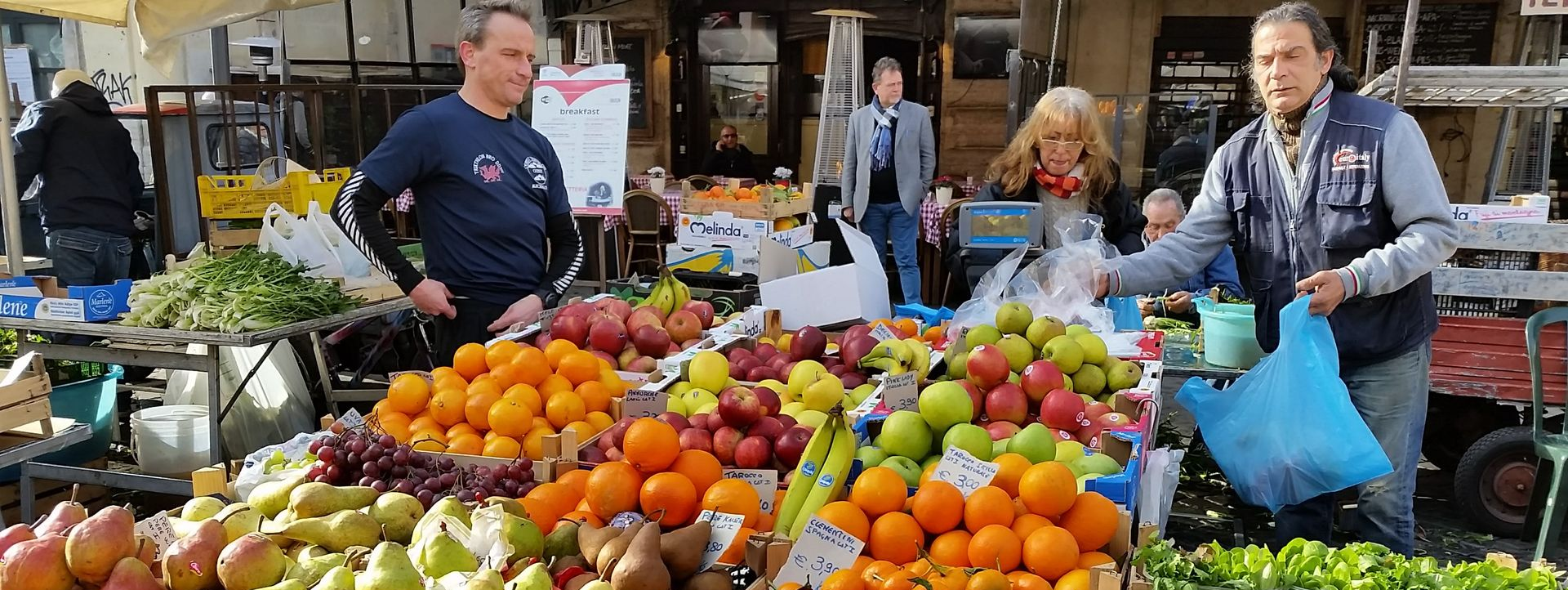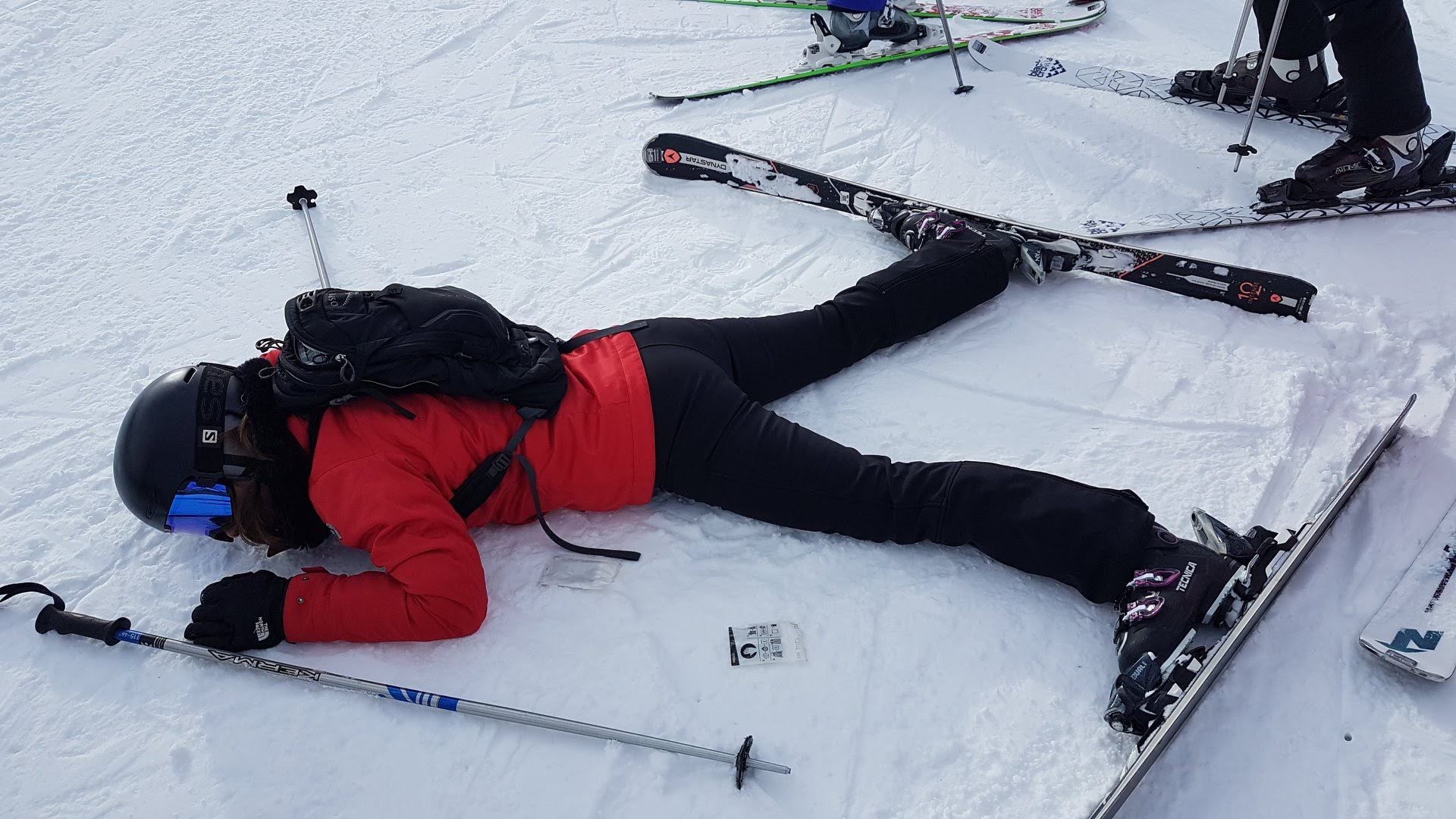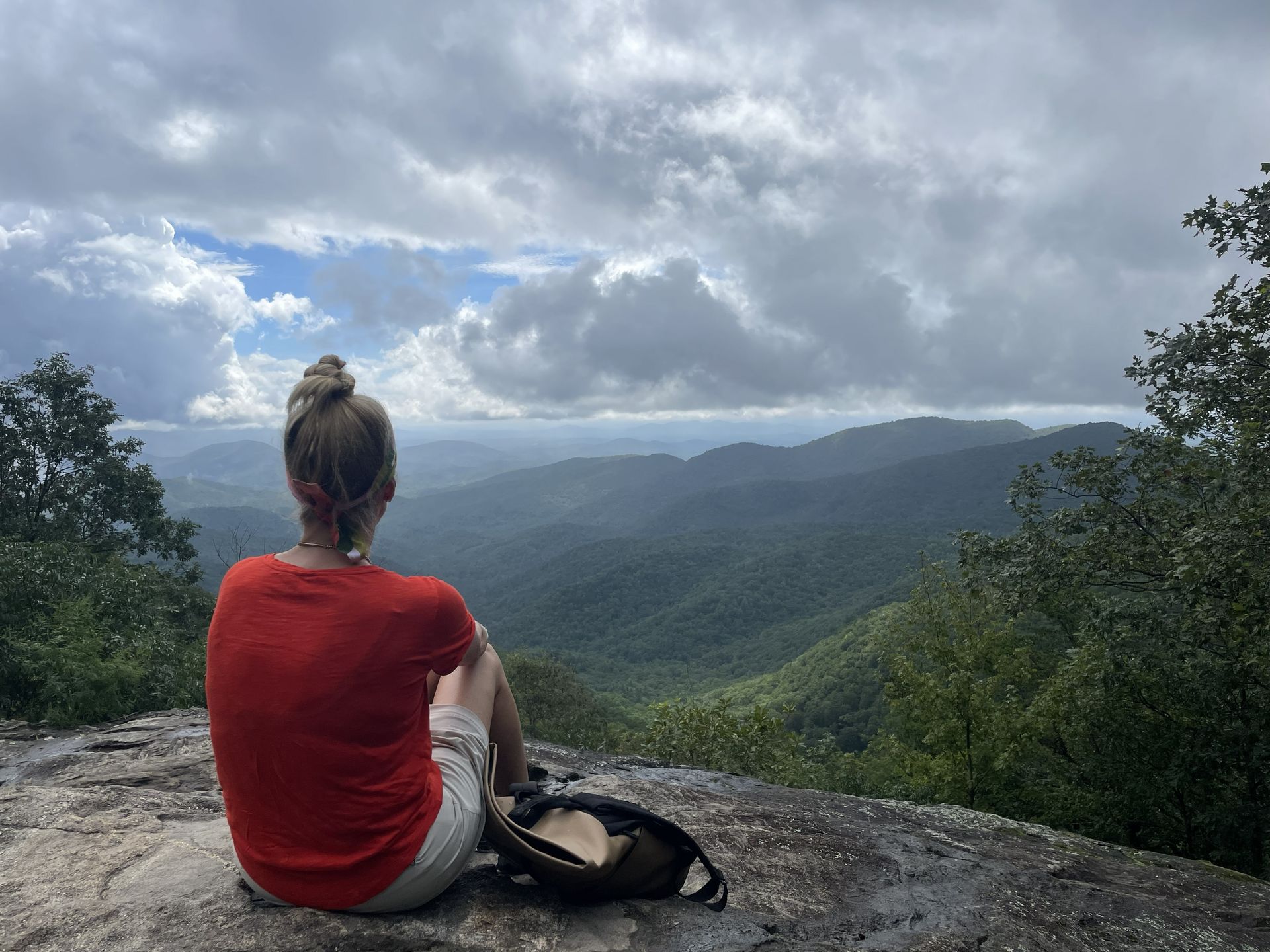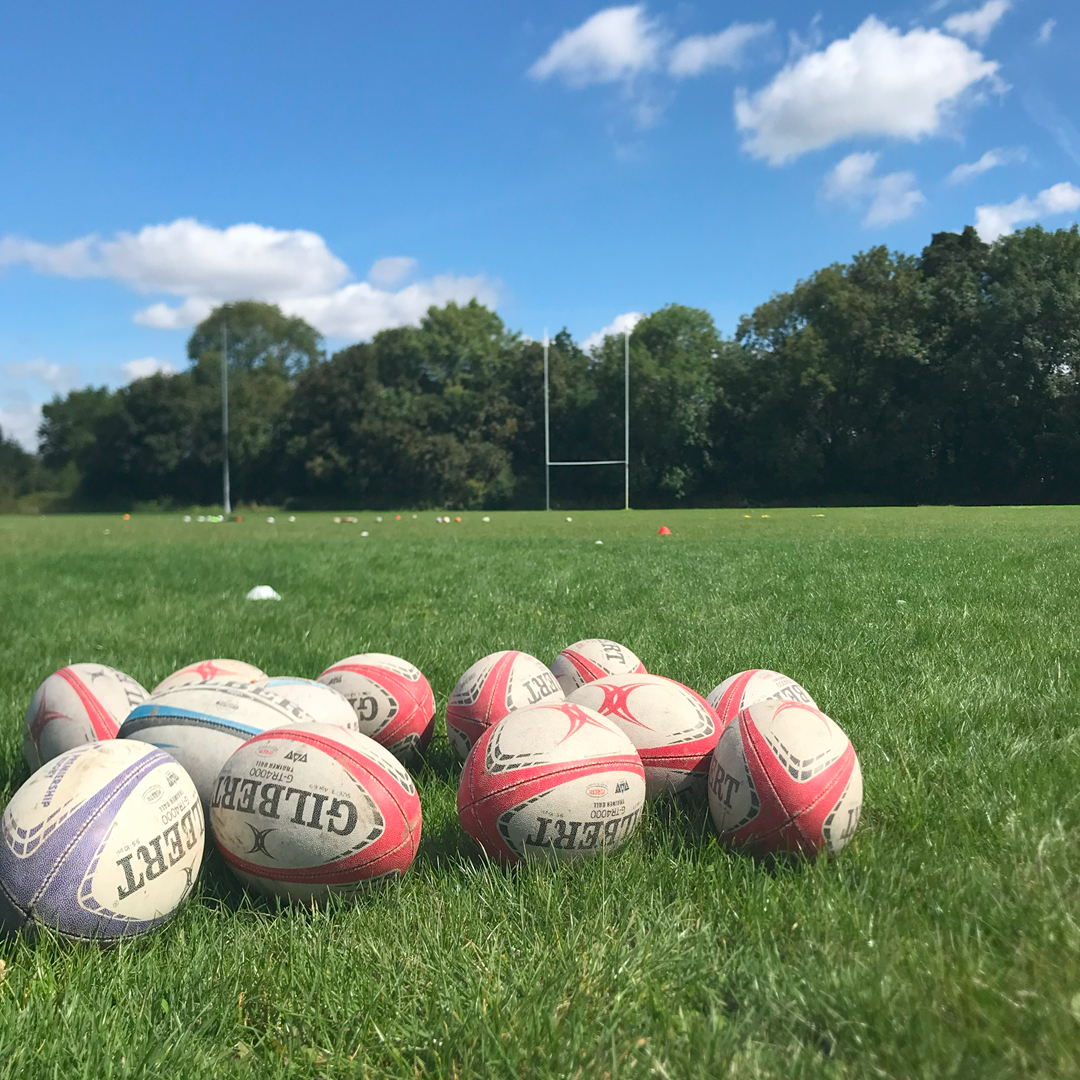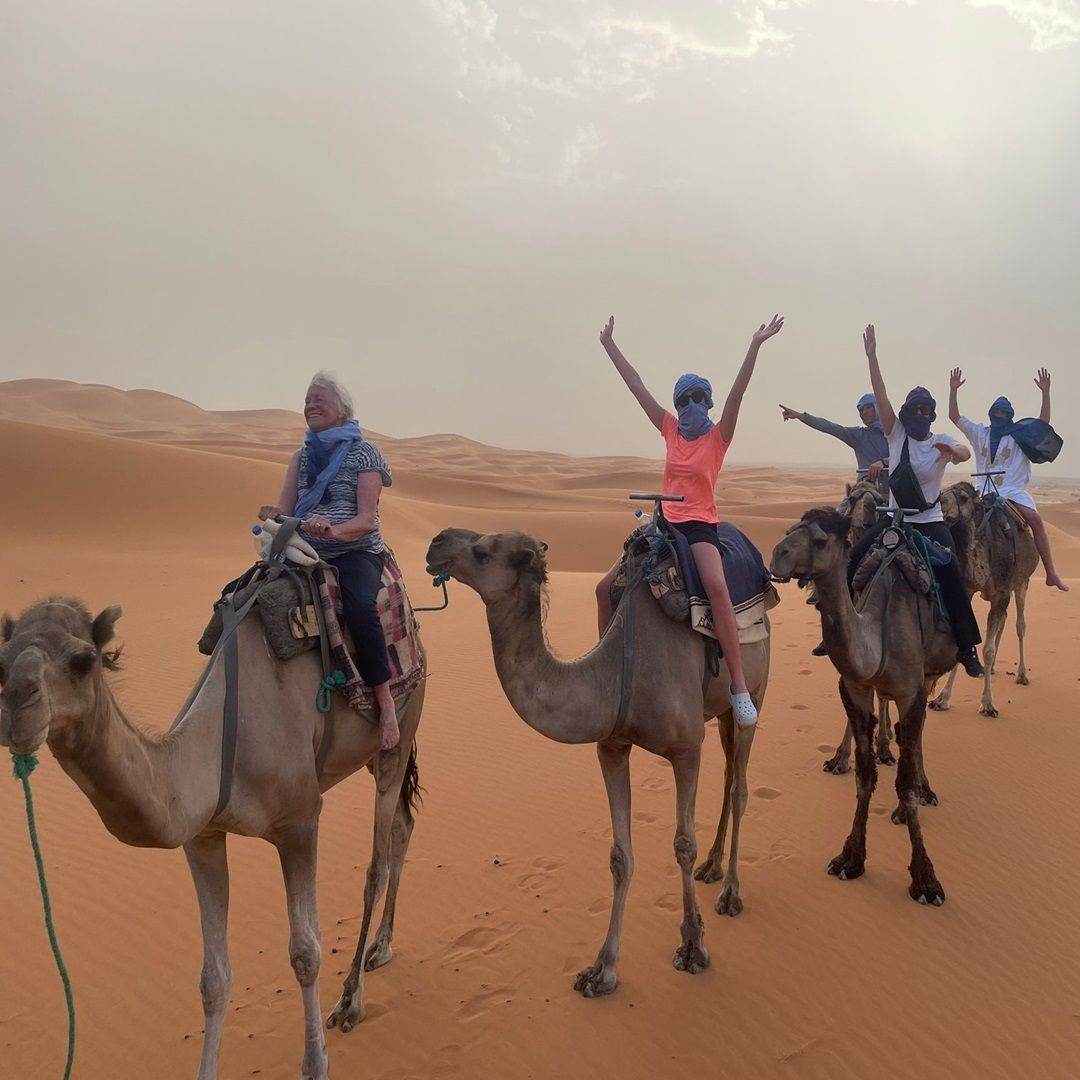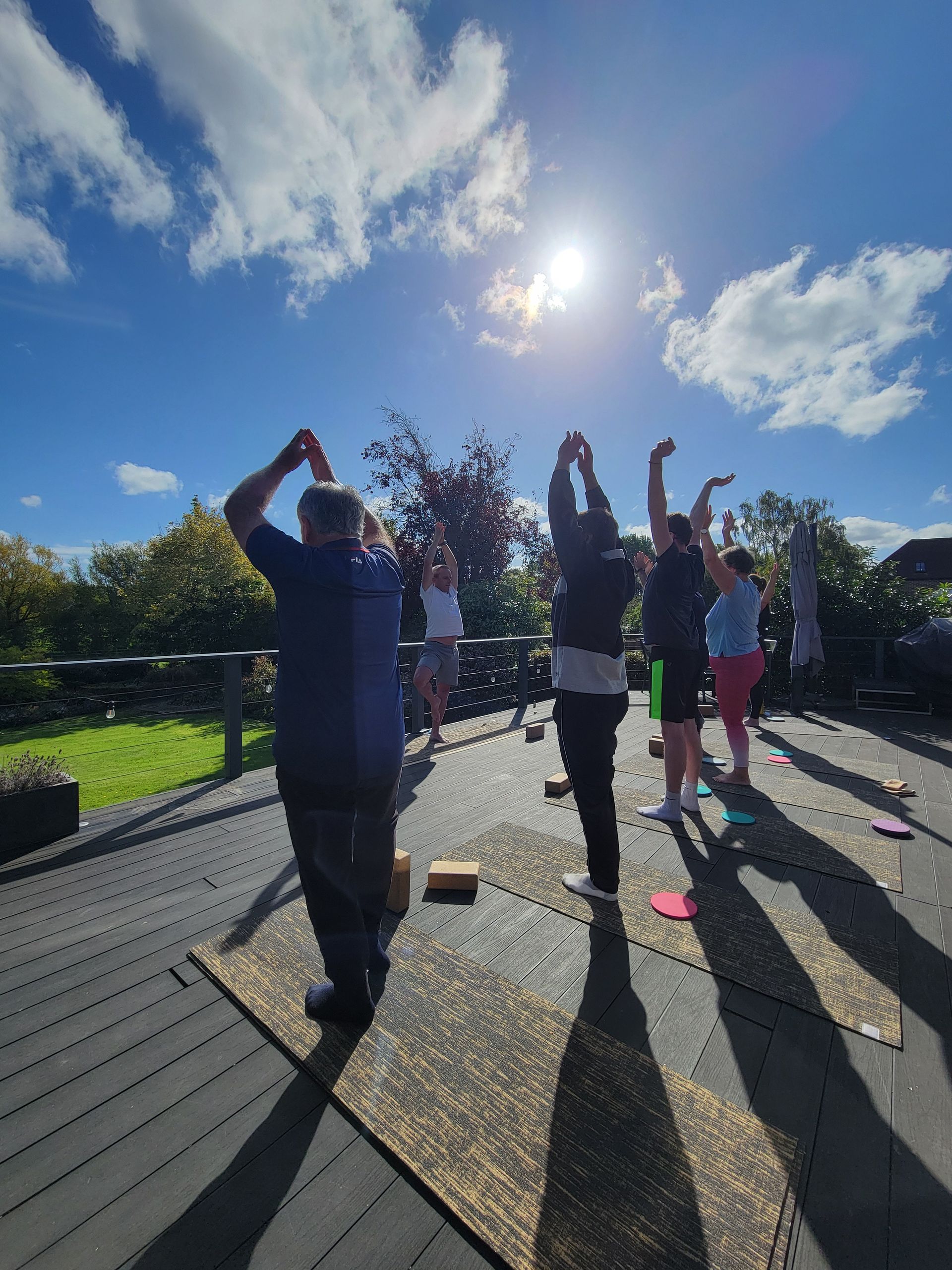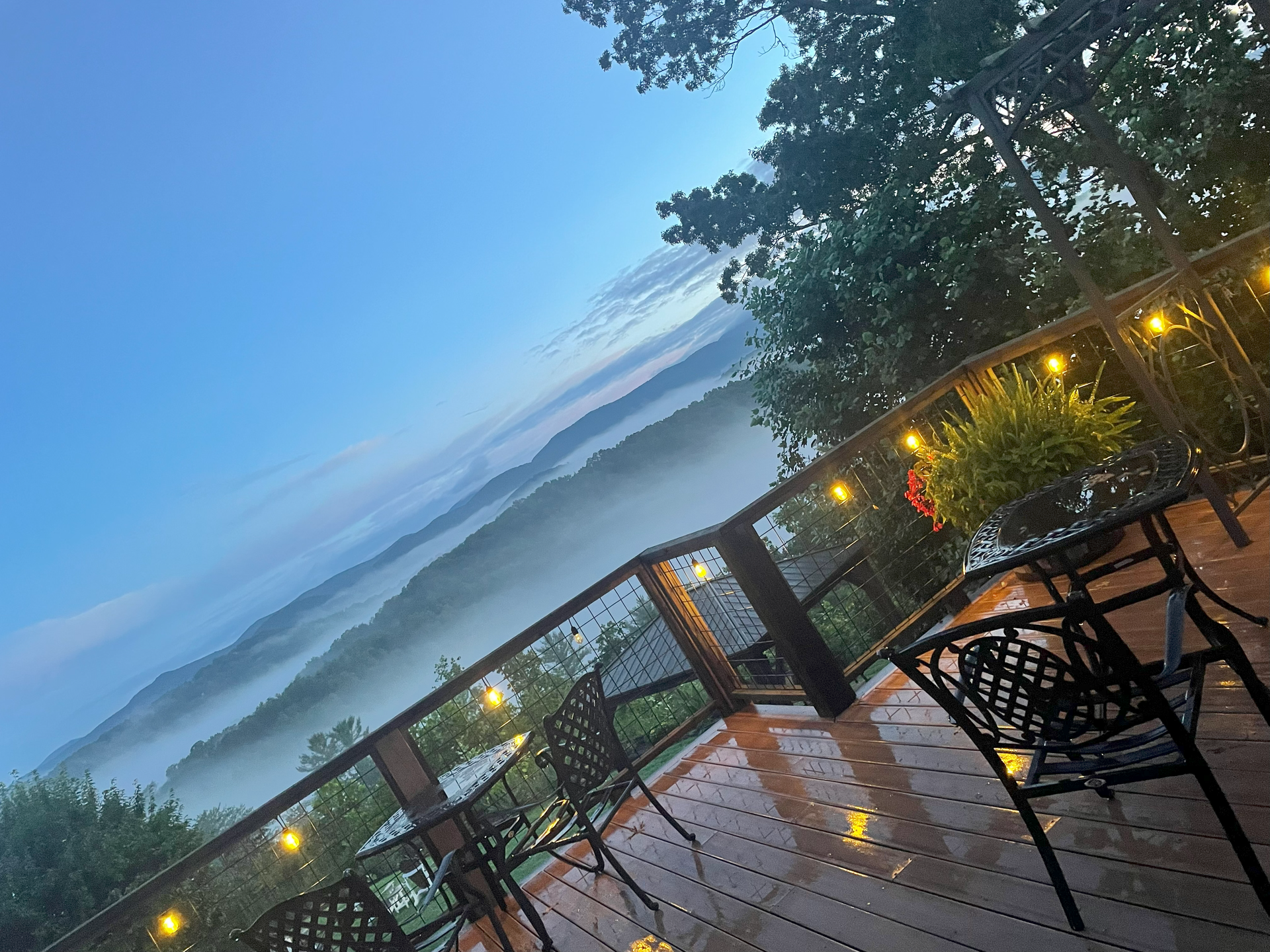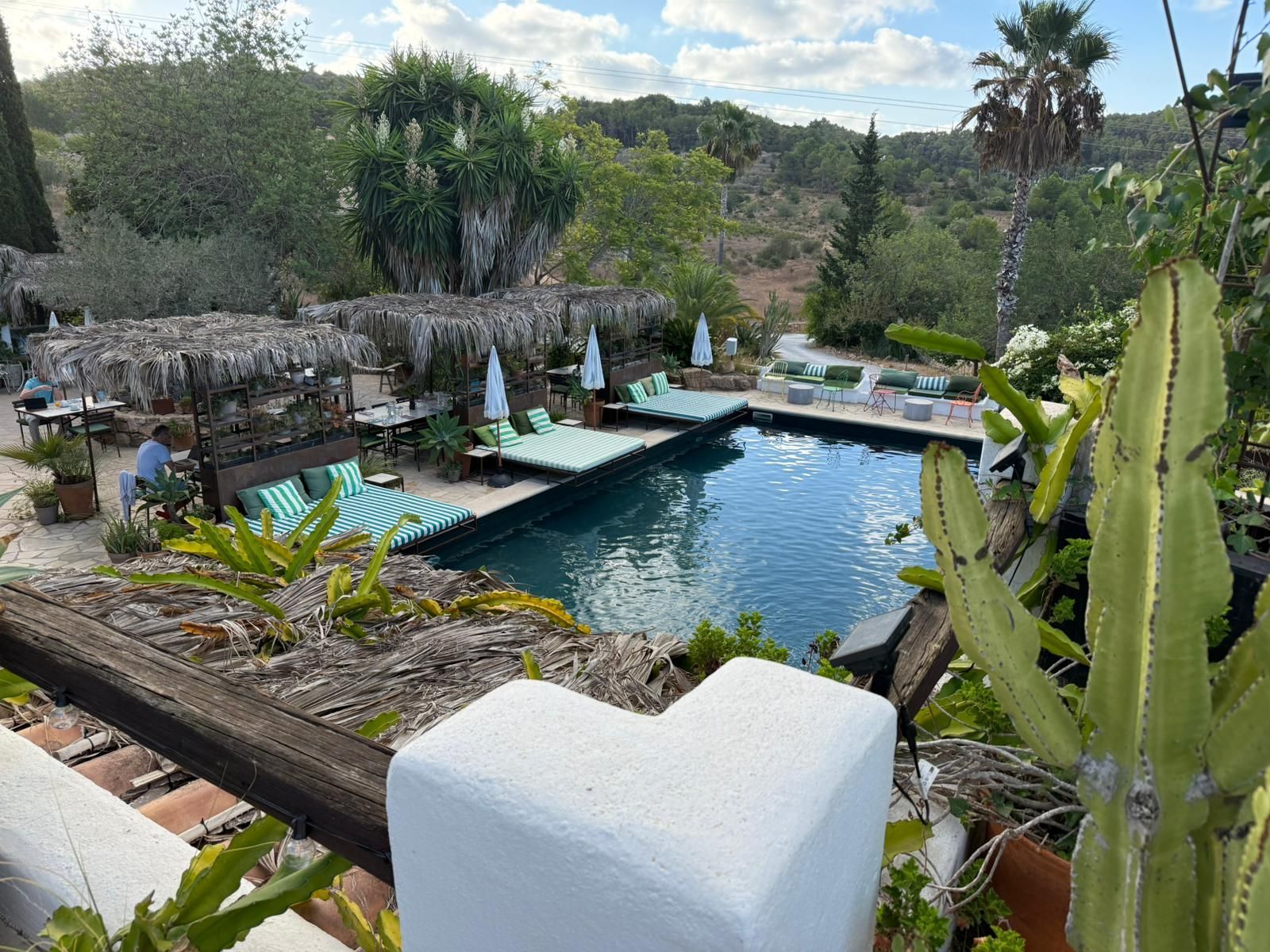LEARNING FROM BLUE ZONES
What Can We Learn From Blue Zones?
Can Understanding Blue Zones Help Us to a Live a Longer, Healthier Life?
Chronic diseases and lifestyle-related health issues are on the rise around the world. Interestingly, a handful of communities have seemed to buck this trend by consistently achieving comparatively increased longevity and good health.
These regions, known as the Blue Zones.
But what exactly sets them apart? Through years of research, National Geographic explorer Dan Buettner and his team identified five Blue Zones—Okinawa (Japan), Sardinia (Italy), Nicoya (Costa Rica), Icaria (Greece), and Loma Linda (California, USA).
Despite their geographical and cultural differences, these areas share key lifestyle characteristics that have contributed to their remarkable life expectancy.
We first came across the concept of Blue Zones in a TV documentary which was enough to peak our interest and find out more.
1. A Plant-Based Diet with Whole Foods
One of the most significant commonalities across all Blue Zones is their emphasis on a plant-based diet. While none of these communities are strictly vegetarian, the majority of their daily intake consists of vegetables, legumes, whole grains, nuts, and fruits. Meat is consumed sparingly, usually only a few times a month, and in small portions. Beans, such as lentils, chickpeas, and black beans, are a dietary staple, providing essential protein and fiber. This diet, rich in antioxidants and low in processed foods, helps reduce inflammation and prevents chronic diseases like heart disease and diabetes.
2. Regular, Low-Intensity Physical Activity
Unlike the modern gym culture that emphasizes high-intensity workouts, people in Blue Zones engage in natural, consistent movement throughout the day. Activities such as gardening, walking, farming, and manual household tasks keep them active without structured exercise routines. In Sardinia, for example, many men work as shepherds, walking several miles daily in hilly terrain. This moderate but sustained physical activity contributes to their cardiovascular health and overall longevity.
3. Strong Social Connections
Loneliness and isolation have been linked to shorter lifespans, but in Blue Zones, strong social ties and a sense of community play a crucial role in well-being. People in these regions maintain close-knit families and friendships, often spending time together daily. In Okinawa, the concept of moai—a lifelong group of friends who support each other emotionally and financially—helps reduce stress and create a strong sense of belonging. Similarly, Sardinians have a tradition of gathering daily with friends and family, fostering emotional resilience and reducing feelings of isolation.
4. A Sense of Purpose (Ikigai and Plan de Vida)
Having a strong sense of purpose is another shared trait among Blue Zone inhabitants. In Okinawa, this concept is called ikigai (why not read our blog), which translates to "reason for being." In Nicoya, Costa Rica, it's known as plan de vida, or "life plan." Both philosophies emphasize the importance of having a clear reason to wake up every morning, whether it's caring for family, contributing to the community, or pursuing personal passions. Studies suggest that having a strong sense of purpose can add up to seven years to life expectancy.
5. Stress Reduction and Mindfulness
While stress is an inevitable part of life, how people in Blue Zones manage it plays a significant role in their longevity. Many of these communities incorporate daily rituals that promote relaxation and mindfulness. Okinawans practice hara hachi bu, a Confucian teaching that encourages eating until they are 80% full, preventing overeating and promoting digestive health. In Icaria, afternoon naps are a common practice, reducing stress and promoting heart health. Loma Linda’s Seventh-day Adventists dedicate a full day each week to rest and spiritual reflection, which helps alleviate daily stress and fosters inner peace.
6. Moderate Alcohol Consumption (or None at All)
While excessive alcohol consumption is detrimental to health, moderate drinking—particularly red wine—has been associated with longevity in some Blue Zones. Sardinians, for example, drink Cannonau wine, a red wine rich in antioxidants, in moderation with meals. However, the key is not just the wine itself but the social nature of drinking, which fosters connection and relaxation. In contrast, the Seventh-day Adventists in Loma Linda abstain from alcohol entirely, relying instead on a diet rich in nuts, fruits, and vegetables for their health benefits.
7. Faith and Spirituality
Religious or spiritual practices are prevalent in all Blue Zones. Whether through organized religion, meditation, or a deep sense of spirituality, these practices offer a source of comfort and community. Loma Linda's Adventists engage in weekly worship, which has been linked to lower stress levels and increased longevity. Similarly, in Nicoya and Sardinia, faith-based traditions provide a framework for strong social bonds and emotional support.
Bringing Blue Zone Habits into Your Life
The remarkable longevity and health of Blue Zone populations provide valuable lessons for everyone. While genetics play a role, lifestyle choices have a profound impact on life expectancy.
By incorporating Blue Zone principles into daily life—eating more whole, plant-based foods, staying physically active, fostering deep social connections, and cultivating a sense of purpose—you can improve your overall well-being and potentially add years to your life.
Whether you start by adding more plant-based meals, taking regular walks, or prioritizing meaningful relationships, small changes can lead to significant improvements in your long-term health.
The Blue Zones are not just locations on a map; they represent a lifestyle that anyone, anywhere, can adopt for a longer, healthier, and more fulfilling life.
Blue zones seem to capture the essence of our Life Tonics of integrating healthy habits into our daily routine; as you may know I personally find the 5 Pillars of Wellbeing a helpful framework that include Community, Mindfulness, Being Active, Learning, Gifting - all of which are elements found in Blue Zones.
